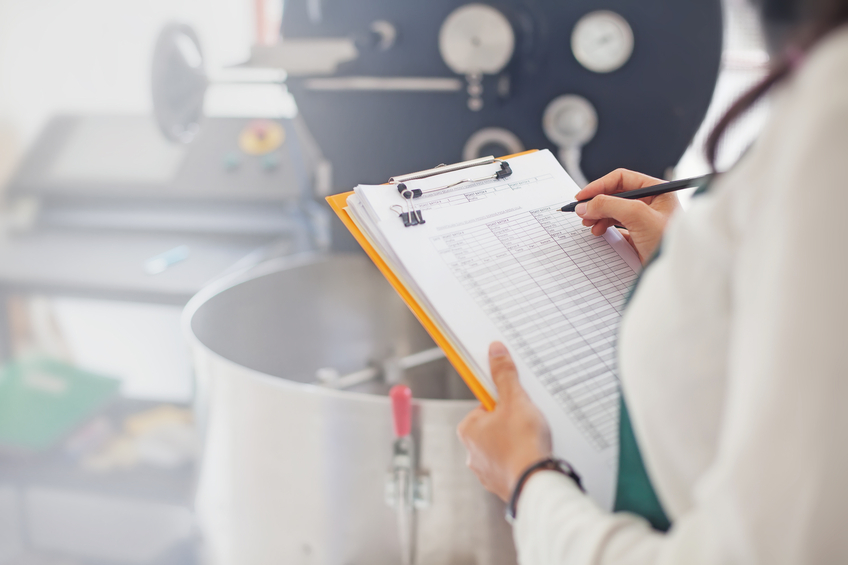How to Test a Prototype
If there is a love and hate phase in any design process in engineering, that is, for sure, the moment when the prototype has to be tested. No matter how wonderful the ideas to solve a particular problem are, the final product has to be actually useful in the real world. Testing the prototype is the moment where all engineers – no matter if they are beginners or if they already have an extensive career – are ready to learn from their mistakes. But without this, machines as fascinating as the 3D printer and the NiLiBoRo robot wouldn’t exist!
1. Real People
Chances are that your final product will be used by those who don’t necessarily have such an insight on the particularities of this item as you do. That is why you need to test the prototype with real people – and not colleagues. In this way, you’ll be sure they find it useful.
You may be wondering what kind of people you need – age, gender, geography – but nothing is as important as bringing participants who are knowledgeable of the domain or industry you are working with, as they are the potential audience for the final product.
2. Different tests for different results
What do you want to discover about your prototype? To make sure that not a single second is wasted during this phase, you have to design a set of instructions you will deliver to the people testing the prototype, so they do exactly what you need to see if the product has accomplished all that was designed for.
Direct
Direct tests are those in which you tell your participants the exact action they need to perform. They must do what they are told.
Scenario
In a scenario test you allow people more freedom. You just provide them with general guidelines and then they can use the prototype as they think it is best.
Closed
Closed tasks are those in which success can just be reached under specific conditions and anything else will result in failure. They are ideal if you want to test a specific function of your prototype.
Open-Ended
These are tasks that can be completed in many different ways. They are good if you want to know how the minds of your potential users work.
3. Be Aware of Any Regulation
This phase is also the point to make sure that the product you are creating can exist according to the relevant regulations and legislations, such as the British standards. This will assure that the item that will be manufactured in the future is completely safe.
4. Communicate with Your Clients
The participants who have been testing your prototype may be happy with it, you may be happy with it, but what about the clients you are creating this for? It is very important that you also invite them to see the prototype and listen to their impressions. If they are not pleased with the design or any of the functions, you are still at a stage when these things can be easily amended.
In most cases, it doesn’t mean that your product is wrong; sometimes clients change their minds on very specific aspects. Communication is the key to make sure everyone is happy with the final outcome.
Here at European Springs Ireland we are experts on designing the best springs and pressings. Check out our catalogue and don’t hesitate in contacting our friendly team with any enquiry, we’ll be delighted to help!


